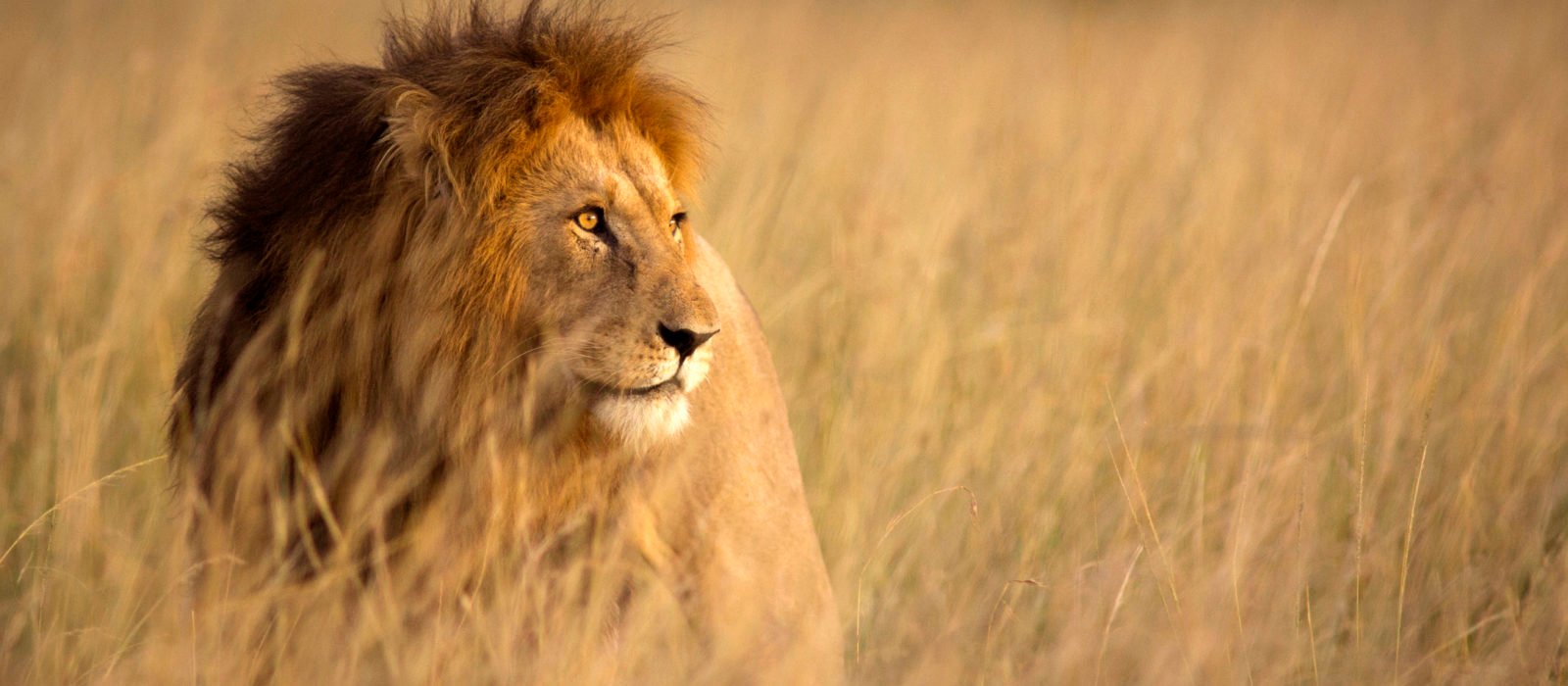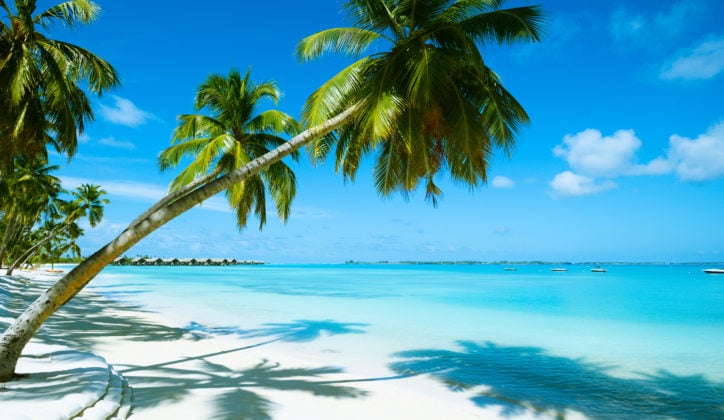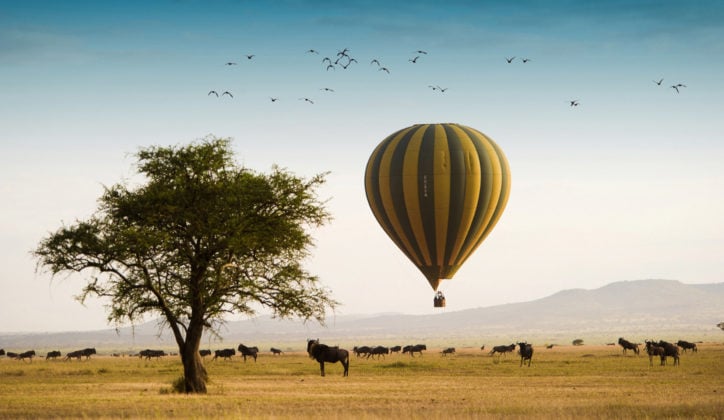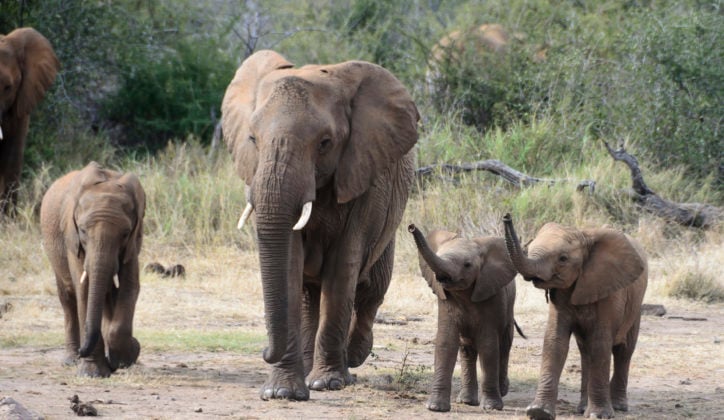Published on: April 30th, 2019
Last modified: December 11th, 2023
Africa is a land full of incredible animals, so it's understandable that travellers want to get up close and personal to these gentle giants.
Photographic safaris are low-impact forms of wildlife tourism and help to support the environment without destroying it. Safaris also aid the local community by providing jobs and injecting money into the area.
Whether you’re an aspiring photographer or a professional, safaris provide fantastic opportunities for snapping the Big Five (lions, leopards, elephants, rhinos and buffaloes) – and many other animals, too.
It's often hard to know when you're interacting with animals responsibly though, so we've put together this guide on how to photograph the Big Five.

Equipment
For some, nothing but the best photography equipment will do. Others will be happy with their smartphones. The good news is that with the right tricks of the trade, great photos can be taken with any camera.
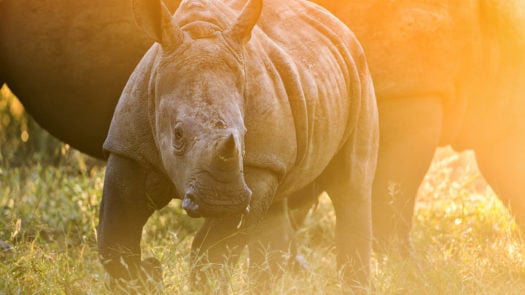
One thing those with a DSLR will need is a good telephoto lens (starting at 200mm). These can be very expensive, but a much more viable option is to rent them. Game vehicles have to keep their distance from the animals, so big lenses are key for getting great shots. Professionals will usually carry two DSLRs with them, one with a wide-angle lens fitted, the other with a telephoto lens.
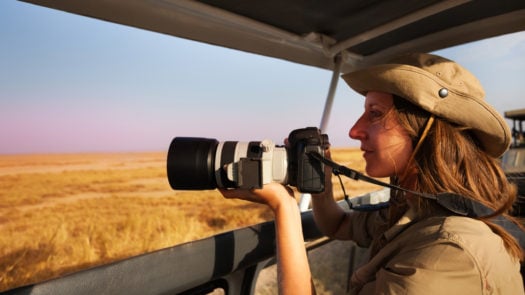
A beanbag is great for stability if you’re not in a vehicle with camera stands. Take an empty bag and ask your lodge or camp to fill it full of rice or beans when you arrive. If you have a smartphone, you can still take decent close-ups by using binoculars with your phone. For a cheaper alternative to buying a big, expensive camera, experiment with zoom and macro lens attachments for camera phones.
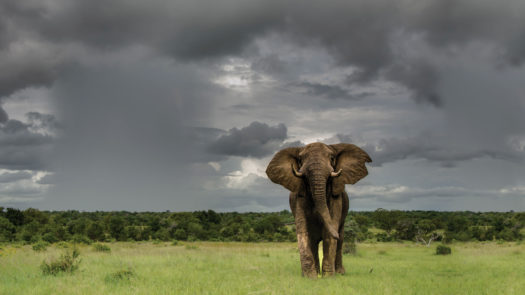
Remember that practice makes perfect. Learn how to use your camera properly to avoid frantically fiddling around with the settings when you unexpectedly come across a leopard up a tree in dim light. If you’re not confident enough to use your camera in challenging situations, simply sit back and enjoy the moment using the best visual equipment you have: your eyes. Finally, make sure you have plenty of memory cards – you don’t want to run out of memory right at that crucial moment.
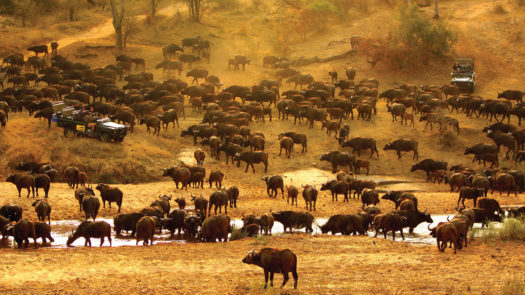
-543x120-cc.jpg)
Big Five photography tips
Elephant
Elephants are a real joy to photograph and can work well from a variety of angles, whether you’re photographing a parade of elephants or a lone bull. To enhance their colossal size, try shooting from a low angle, looking up. On the flip side, elephants can look very striking from an aerial vantage point – good to know if you’re taking any helicopter rides during your safari.
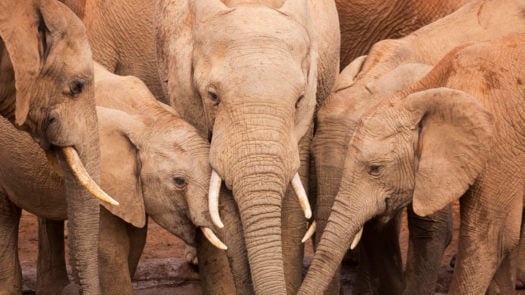
If you’re at a lodge with a hide, you can get incredibly close to these fascinating animals. Try focusing on their eyes, huge ears, or their trunks if they’re eating or drinking.
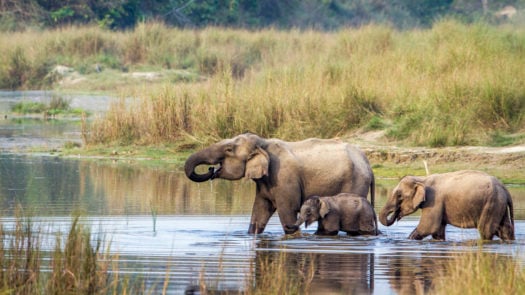
Rhino
With big animals such as rhinos, you’ll want to use a wide-angle lens to capture not only the entire animal, but also the landscape. Safari-goers often make the mistake of becoming fixated on the close-up, but wide-angle shots that take in the landscape are often much more memorable. If you don’t capture the environment, you might as well be shooting in a zoo.
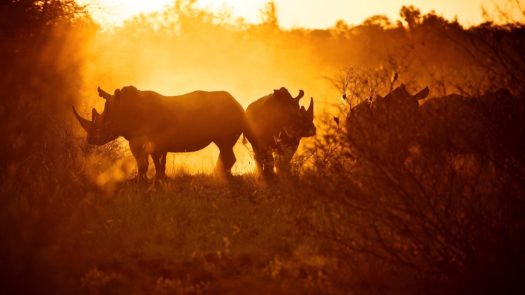
Lion
A safari favourite, lions are great photo subjects. A staple on any safari, these majestic creatures have become even more popular since the recent release of Disney’s reworked Lion King. Because they sleep for most of the day, the best time to see lions are dawn and dusk, when they’re either waking up for a night of hunting or just settling down after feasting on a kill.
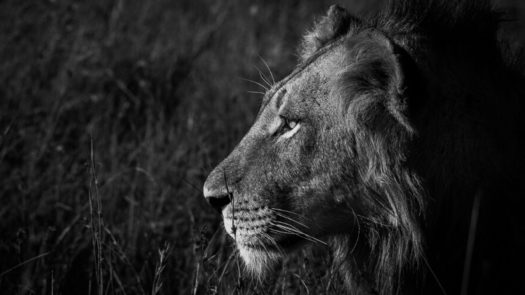
Who can resist adorable lion cubs? The youngsters are generally much more active during the day and are great fun to snap as they’re play-fighting. Zoom in to capture their pretty, feline eyes and clumsy, oversized paws in detail.
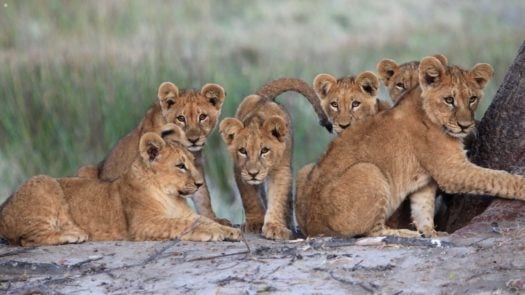
Leopard
Leopards can be quite elusive, so when or if you do see one, remember to stay calm and think about the conditions. You’ll often see leopards at dusk, so your camera settings must be just right – don’t be afraid to stop shooting to check your photos and adjust accordingly. Turn up the ISO for low lighting and keep the aperture on a wide setting. If the cat is in a tree, use the spot metre to gauge the light of the leopard, so it’s not a silhouette against the sky. If you’re focusing on a certain part of the leopard, the eyes are particularly commanding.
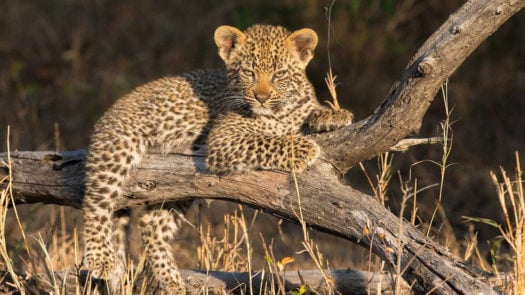
Buffalo
With buffalo, it’s important to set your exposure correctly so your camera doesn’t overexpose the photo as a result of the animal’s black hide. Because of their colouring, buffalo tend to photograph best in a herd, but if you have one by itself, you could focus on one mighty curved horn for an interesting close-up, or capture that low-browed bad-tempered stare. They also look great when shot in black and white. If you’re lucky, you’ll see a herd on the move; the dust they kick up makes for a magical background if the sun is shining through it.
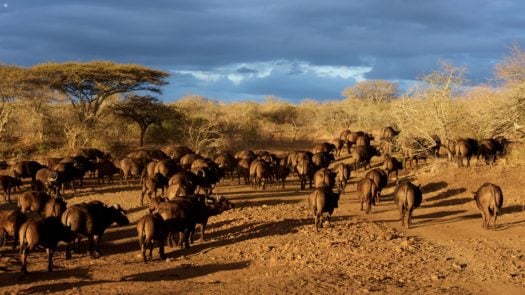
Don’t forget…
The little things. Although we’re focusing on the Big Five here, there is so much more to capture on safari. Some of the most impressive photos are of the less obvious inhabitants of the African bush.
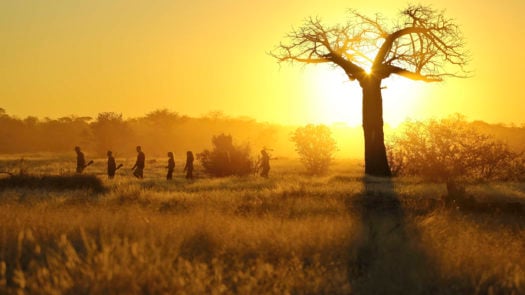

Best national parks for photography
Undoubtedly, the best places to see all of the Big Five are South Africa’s Kruger National Park and Sabi Sands Game Reserve. The Kruger National Park is home to 147 mammal species, 507 birds and 114 reptiles. Bordering the Kruger, Sabi Sands is a private game reserve, which benefits from a similar animal population as the national park, but has fewer restrictions in place – for example, night drives are allowed in private game reserves, but not in national parks.
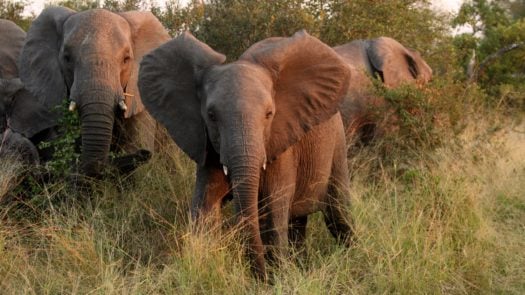

Where to stay on a Big Five safari
If you’re serious about photography, we recommend a lodge with a specialised photography vehicle. Sabi Sabi have a custom-made vehicle that was designed for photography by photographers. Features include cut-out sides so photographers can lie down and get on eye-level with the animals, and fixed camera stands. Guests will also be accompanied by a professional photographer, so no matter what skill level you’re at, you can get the best shots with whatever equipment you’re carrying.
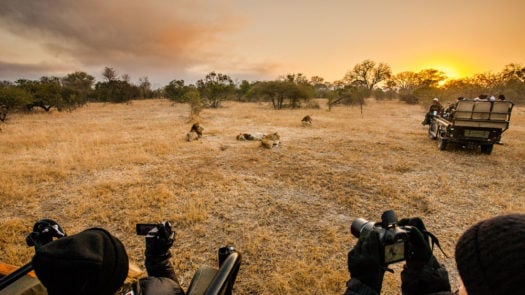
Royal Malewane also has a photography vehicle, which has swivel armchairs fitted and camera gimbals. Finally, speak to safari experts to make sure you get the best guides. No matter how good a photographer you are, you’ll be lucky to get many great shots without someone who truly knows the area and the animals.
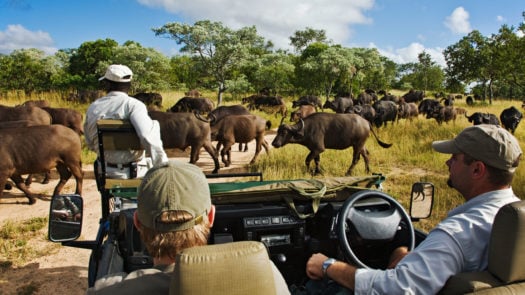
Experience the Lion King in real life
Feeling inspired? Our expert travel designers are always on hand to help you make the most out of your next safari.
